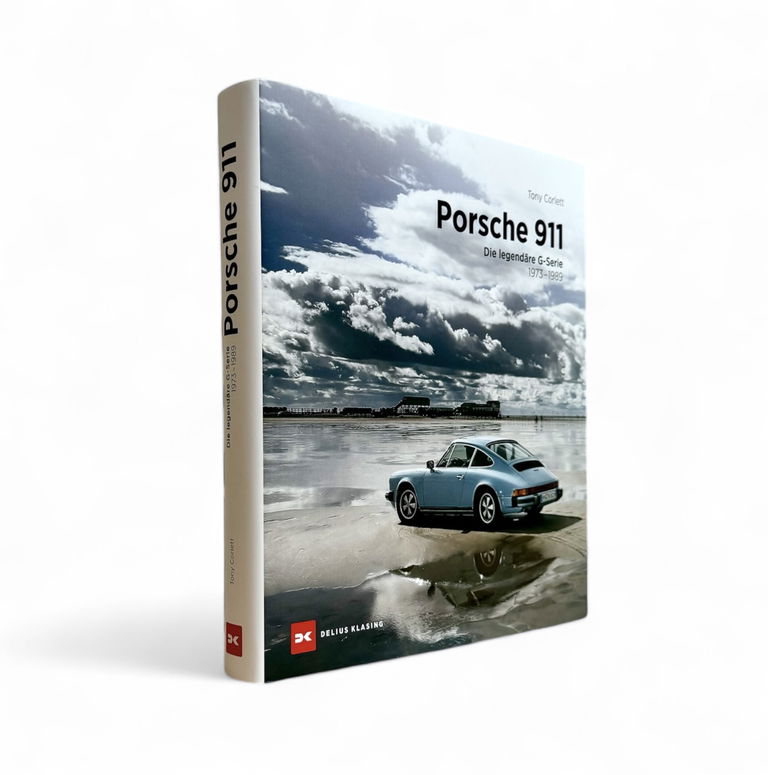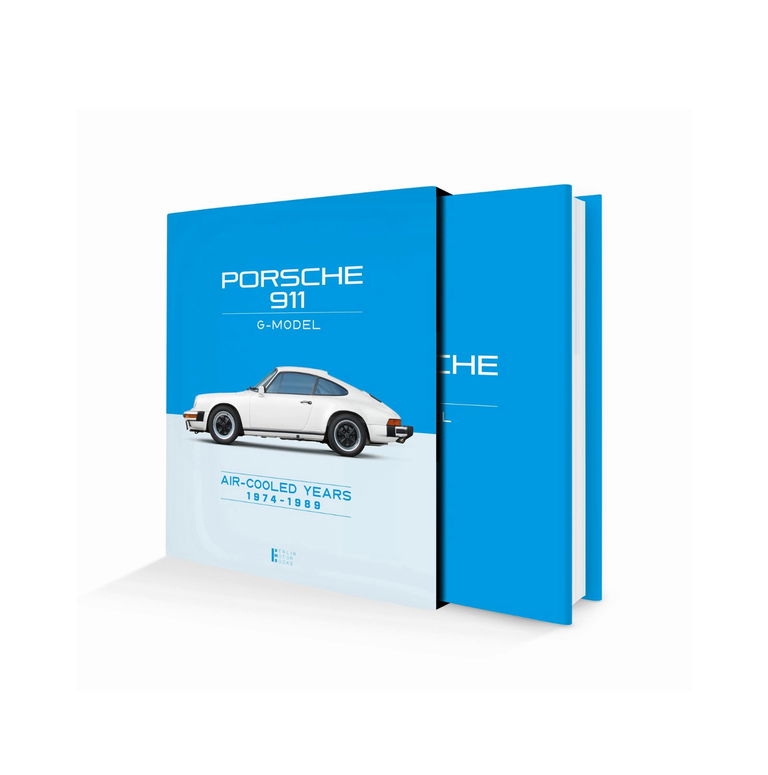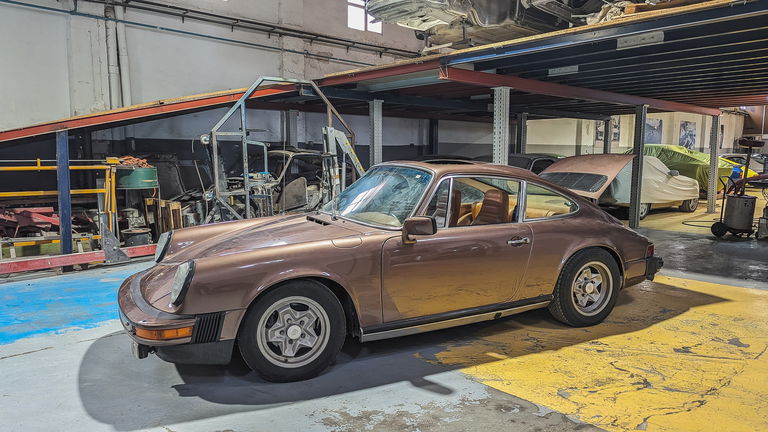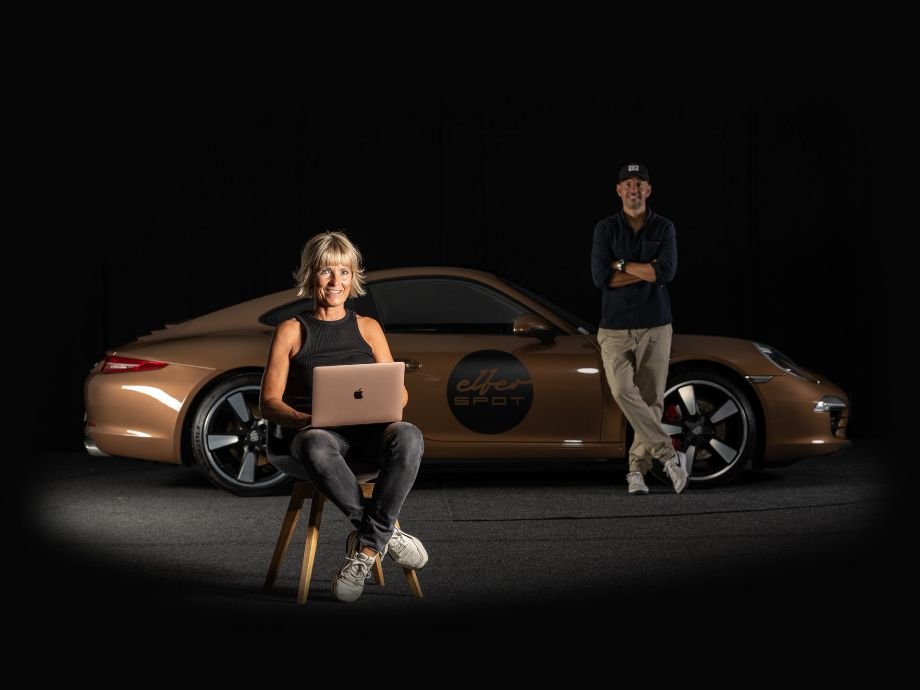Exclusive Metallic Sienna Color (code 436), unusual, which was not part of the standard colors of 1977, but of the special colors of that same year. The paint is in excellent condition, which certainly indicates that it was repainted in its original color a few years ago.
Additionally, it also stands out for the narrow bodywork. The latter was 1,610mm wide, the same width as the first 911. Also note that it is one of the last 911s with a 2.7 engine manufactured, just before the arrival of the 911 SC the following year. For this reason, it presents details typical of a transition model. In it we find both chrome pieces and pieces already finished in black. Among the improvements and changes that the 1977 models adopted, we find the central air conditioning outlet, the rotary controls on the door panels to close the doors or the illuminated air conditioning controls. Also, being a model after 1976, its body was already galvanized, which undoubtedly offers better protection against corrosion.
At a mechanical level we have just restored the engine in our workshop. It has also been used to restore the electrical installation.
The exterior Targa Arch has been restored, and also the front seats, using perforated leather on the backrests and respecting the original design. In the front trunk, it also has new carpets from CarBone. Michelin tires recently changed.
Its engine is a 2.7-liter 6-cylinder Boxer that delivers a power of 165cv and a torque of 235Nm. Being a 1977 model, it is a model known as between-series, since in it we see details of the 911 2.7 but also of the following generations of the 911.
The 911 2.7 was presented as a 1974 model. The previous T, E and S versions gave way to the names 911 and 911 S, with the top-of-the-range model being the 911 Carrera 2.7. Respectively they delivered 150, 175 and 210cv of power. The first two mounted K-Jetronic injection and the European 911 Carrera 2.7 had CIS mechanical injection. The big aesthetic change compared to the first generation was the introduction of bellows bumpers, which allow absorbing impacts of up to 8km/h. As for bodies, these had already been galvanized since 1976 and were available in Coupé and Targa versions. Since 1976 the 911 2.7 version went from offering 150cv to 165cv, as is the case in this version. In 1977, only 1,724 units of the 911 Targa were built worldwide.
Chassis number: 9117310869
Engine: 6-cylinder Boxer 2,687cc
Engine number: 6371835
Engine type: 911/81
Gearbox Type: 915
Power: 165cv at 5,800rpm
Torque: 235Nm at 4,000rpm
Top speed: 210km/h
**MORE PHOTOS AND INFO AT WWW.JULIA911.COM






















